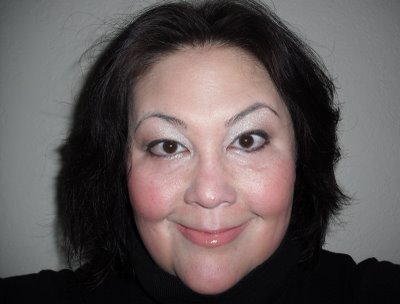A squint, or strabismus, is a condition affecting many people and is seen in childhood and causes the eye to appear to turn inwards.Though it is more commonly seen as affecting one eye, it can be seen in both occasionally.

Causes:
Among the several possible causes of a squint, the most common ones are the presence of these deformities at birth or during foetal development. Lack of proper development of the eye muscles, Illness like chicken pox, measles can be blamed.
Procedure:
Most surgical corrections of a squint can be performed as a day patient and an overnight stay is not normally required unless there are complications during the procedure, or the person has a problematic medical history that may lead to complications. Before surgery the eye will be examined and the procedure should be discussed at length so the patient or carer is fully informed of what to expect both during and after the operation. Vision will be assessed and the eye measured in order for the surgeon to have a good idea of how the procedure can be tailored to your needs.
Due to the nature of the surgery, a general anesthetic will be required, so the patient must remain nil by mouth for at least 6 hours prior to the surgery. The anesthetist will discuss the anesthetic before surgery and answer any questions that may arise.
After the Surgery:
As with all anesthetic s, there is a chance that some nausea and vomiting may be experienced. Medications can be provided to lessen the risk or treat if needed. The patient will normally have some protective coverings over the treated eye, which aim to reduce the incidence of infection and allow the eye to rest and heal.
Any stitches that have been used during the operation will be dissolvable and will not necessitate removal. Occasionally one of these sutures may remain in place for a while allowing for adjustment of the tensile strength of the material.Often the use of eye drops will be needed for a short period following surgery. As this surgery aims to simply straighten the eye, glasses may still be needed as normal vision will not have been restored if previously abnormal prior to surgery.
Squint repair does not always involve the use of surgery and will often only be used after other methods have been proven to be unaffected. It is not intended that surgery will improve the visual ability of the eye, but will enable it to appear straightened which in turn may help the individual focus more effectively.
About Eye
Eye Diseases
Vision problems
Find Cost
Surgeries & Treatments
Best Eye Hospitals
Testimonials
Get Free Quotes
Top Hospitals In India
Top Hospitals In Turkey
Top Hospitals In Mexico
Top Hospitals In Costa Rica
Top Hospitals In Singapore
Top Hospitals In UAE
Top Hospitals In Australia
Top Hospitals In Malaysia
Top Hospitals In Thailand
Top Hospitals In Phillipines